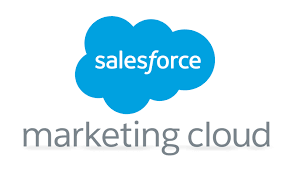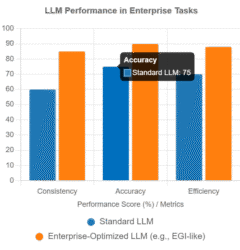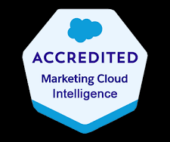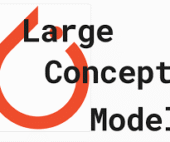Improve your customer relationships by seamlessly integrating the Salesforce core Individual object with the Marketing Cloud profile center and subscription center when creating a custom preference center. Consider the following design considerations to optimize this process:
Understanding the Preference Center: A preference center serves as a centralized contact management tool, empowering customers to:
- Manage messages received from a brand and the channels through which they receive them.
- Control their accounts with brands.
- Enable marketers to customize contact strategies, adjusting frequency and content based on customer feedback.
Customizing a Preference Center: As the dynamics of the relationship between a company and its customers evolve over time, influencing customer contact preferences, businesses should:
- Set expectations and offer enhanced controls.
- Utilize a well-designed preference center to reduce guesswork, improve efficiency, and centralize governance.
- Implement a source of truth for customer communications in a growing marketing team.

Key Instances When a Preference Center Is Crucial:
- At signup
- During opt-out, providing an option to opt down
- For account changes
- During life changes and milestones requiring updates (e.g., new job, name change)
- When adding types of messages or new channels
- While selecting frequency
- When adding a brand, organization, team, country, or region
- To delegate sending capabilities
- For expanding to multiple-language communications
Common Data Considerations: Evaluate hosting options, considering platforms such as SFMC, EHI, Lacek, or Salesforce Experience Cloud. Address data model concerns by determining:
- The source of truth for preferences.
- Necessary integrations to support the data model.
- A hierarchy of data filters, ensuring consistency.
- Options for members and non-members.
- Entry points for customers to access the preference center.

Contact Governance: Contact governance involves guiding principles for enterprise-wide data management and contact strategy. To ensure a customer-first approach and streamline data management, consider:
- A governance center of excellence (COE) for managing subscriptions and new use cases.
- Adhering to a common data schema across brands and channels.
- Utilizing a customer-first approach to honor permissions and understand customer interests.
- Standardizing data across brands, clusters, and the enterprise.
Creating a Custom Preference Center: Engage marketing and technology teams for segmentation, language, and channel considerations. Even with light initial adoption, align goals and priorities across brands to move into gathering technical requirements and scoping the project.
SFMC Custom Preference Center: In Salesforce Marketing Cloud (SFMC), a custom preference center allows subscribers to choose the type and frequency of email messages they wish to receive, enabling them to “opt down” instead of unsubscribing completely.
Importance of Preference Management: Preference management in marketing cloud is crucial for:
- Centralizing, targeting, and segmenting based on high-quality data.
- Seamlessly integrating with consent management.
- Improving email strategy and unlocking subscriber data for personalized experiences.
- Building complete subscriber profiles and earning trust.
- Managing unsubscribes and adhering to regulatory requirements in privacy-conscious times.













